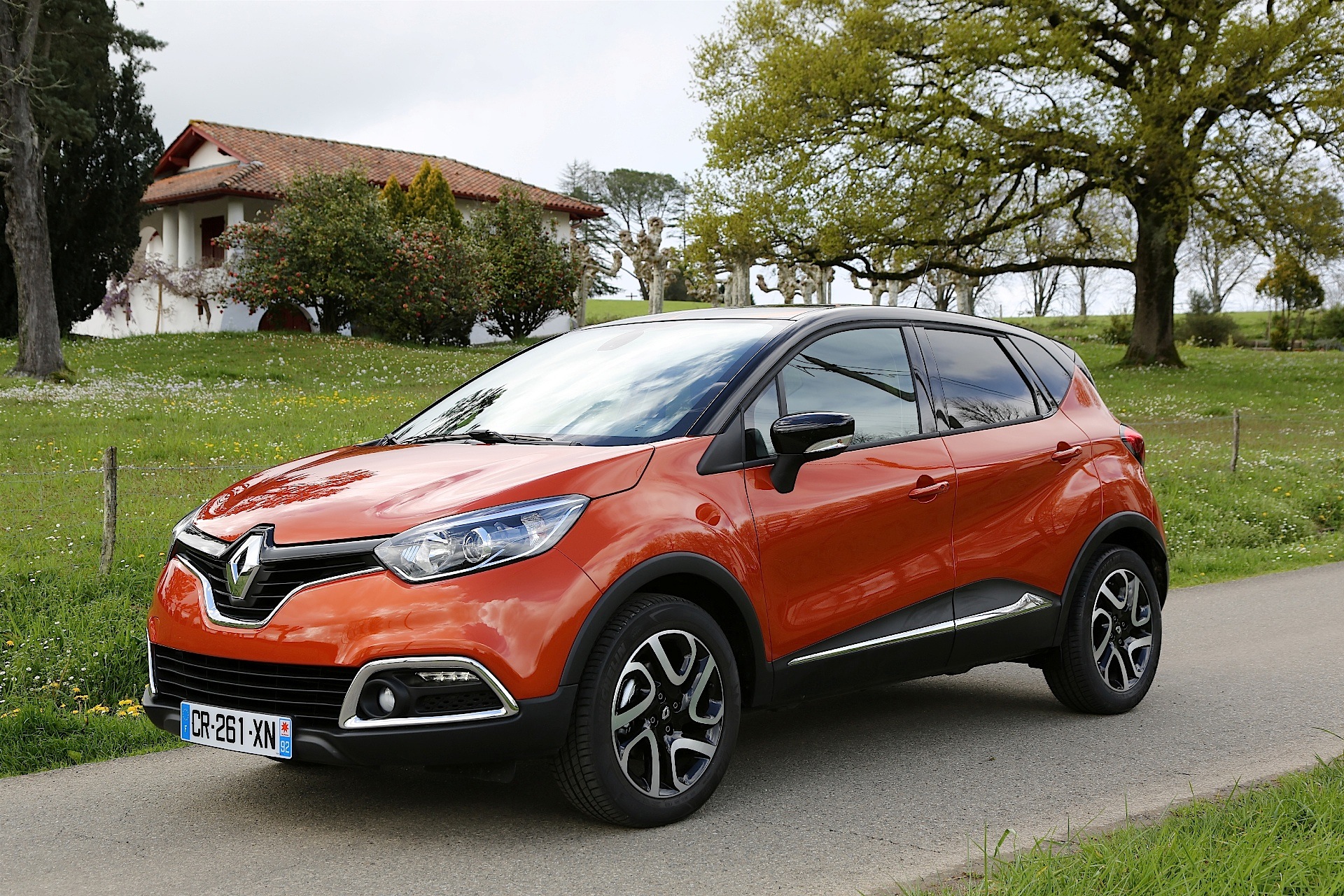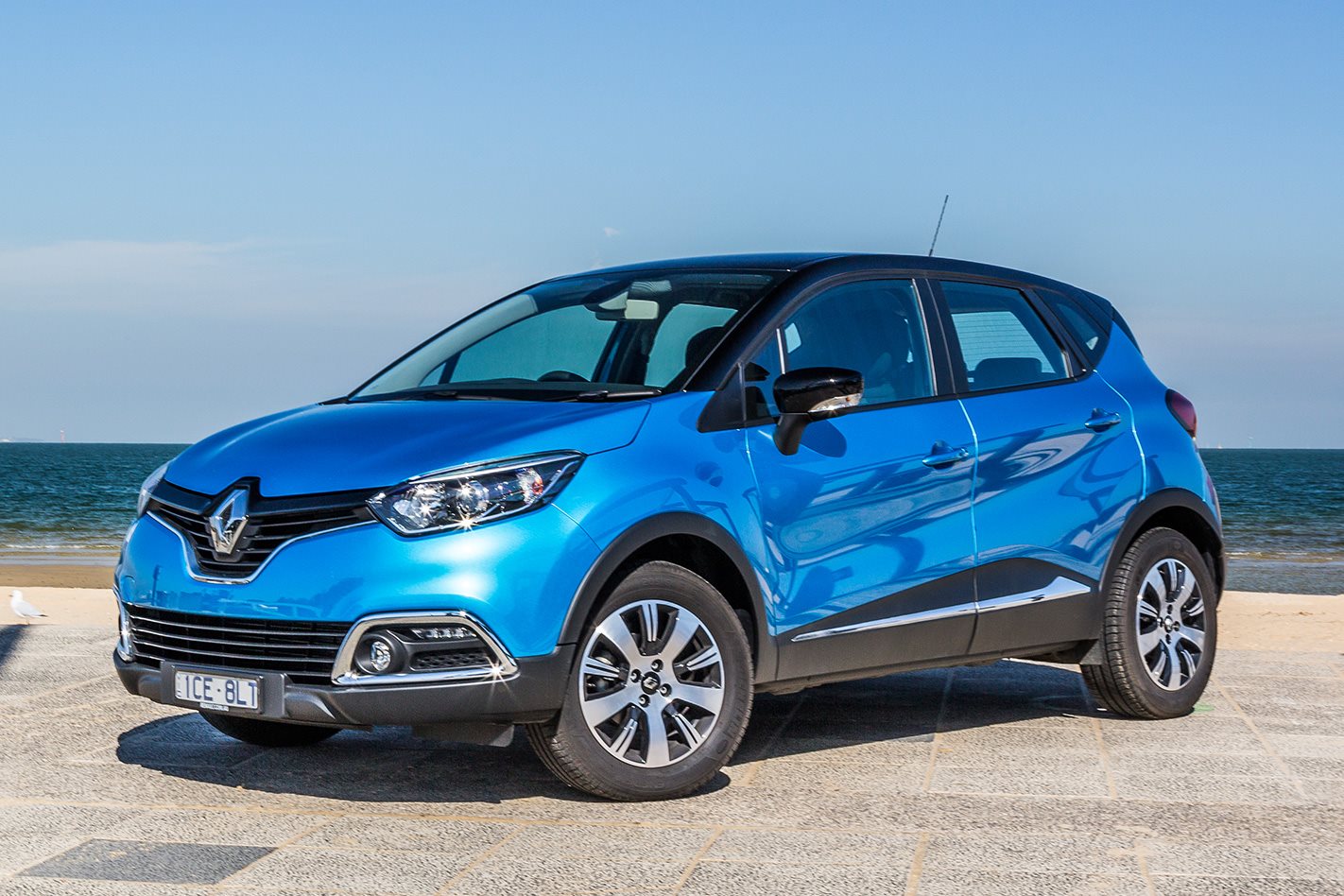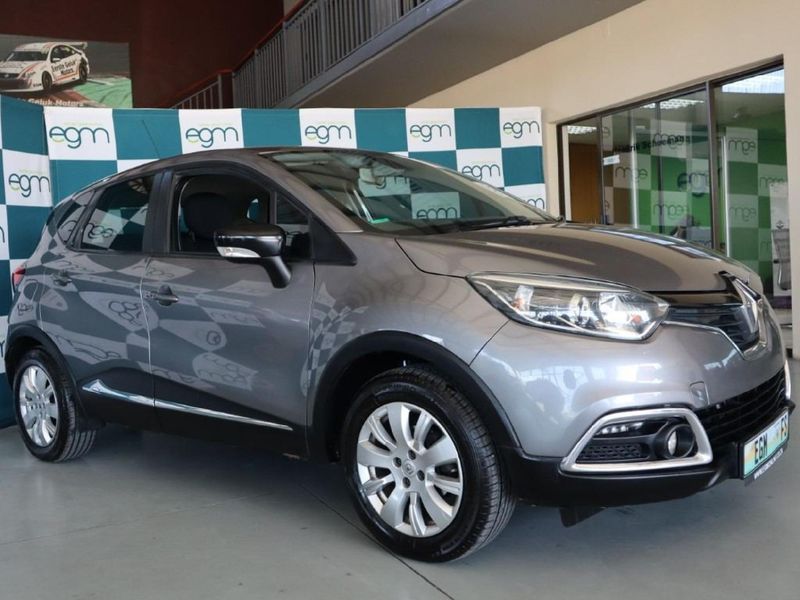

It comes with a manual gearbox, but if you want an automatic then there’s a slightly more powerful version called the TCe 14, with 138bhp. The power figure is up to 128bhp and it’ll easily get you up to speed on the motorway, and feels lively around town. The next level engine up, the TCe 130, is much better. There are two versions, the TC3 90 with 89bhp and the TCe 100 with 99bhp, but both lack the punch of similar engines, and feel rather lethargic unless you rev them hard. Unfortunately, Renault’s effort isn’t one of the better ones. The engine range starts with a 1.0-litre, three-cylinder petrol engine, of the type that plenty of rivals are also using. Overall, the Captur feels a step behind the best-behaving cars of this type, namely the Skoda Kamiq, VW T-Roc and Ford Puma, but most people aren’t likely to have too many complaints. Wind and road noise is on the high side at motorway speeds This doesn’t do much to make it feel agile, but it’s great for manoeuvring around town and never feels less than confident on country roads. The Captur’s ride is a little on the bumpy side, especially at lower speeds, but it’s better with smaller alloy wheels.Ĭornering performance is similarly reasonable, with steering that’s on the light side. Customers won’t want something so stiff and agile that it clatters its way over bad road surfaces, but neither will they appreciate a ride that’s soft and supple if it then feels all wallowy through the corners. Renault has tried to tread a line between sportiness and comfort with the way that the Captur drives, and it’s mostly successful. There’s a sliding rear bench to let you choose between extra luggage space or more legroom, and under the bonnet you can choose one of several different powertrains, including diesel and petrol. Inside, it’s similarly stylish, with some unusual features including a portrait-orientated infotainment touchscreen. As with most of its rivals, don’t be fooled by this off-road derived styling – you can’t get a Captur with four-wheel drive, and it’s very much aimed at on-road driving. It has the familiar small SUV proportions, with hatchback dimensions but raised-up ride height, and all models have alloy wheels and bright LED headlights. Whether or not it’s handsome is a subjective decision, but enough people think it is that the Renault is instantly elevated above some of its humdrum opposition, even those that are actually very good. The Captur’s primary selling points are its looks. Renault hopes that a much-improved interior with an eye-catching infotainment system will also win it some fans, as well a choice of petrol and diesel engines and several trim levels to suit different budgets. The addition of a plug-in hybrid model will raise it up considerably for some potential customers, as will the snazzy looks. It also means that it’s swimming in a pond with some very talented fish.

That makes it a rival for a wide range of cars, including the Ford Puma, Seat Arona, Skoda Kamiq and Volkswagen T-Cross. If that’s the type of tourer you own, the Renault gives a good account of itself.The Captur is Renault’s smallest SUV, sharing mechanical bits with the similarly-sized Clio hatchback. There’s no getting away from the low towing limit, but we’re judging the Captur as a tug for lightweights. The Captur then pulled away without complaint or wheelspin. It needed a firm pull to prevent them from rolling backwards, but it did hold. The handbrake was put to the test holding the car and caravan still on a 1-in-10 slope. In regular towing, the brakes were easy to apply smoothly. That’s acceptable, given the slippery surface. Stopping the outfit from 30mph took 11.2m on a damp track. The light and rubbery steering doesn’t inspire confidence, but trust the car and it keeps the caravan in check when pushed hard. In an emergency manoeuvre, the Renault grips well and changes direction promptly. Plenty of light tow cars feel unsettled, but the Captur is stable and unflustered on the motorway. Once up to speed, the Captur is relaxing to tow with. If the road climbs steeply, however, you must use a heavy right foot. This will spare you the frequent gear changes that other small tugs need to hold their speed.

The engine’s peak torque of 162lb ft is modest, but it’s delivered from just 1750rpm. As long as you don’t mind the pace, you’ll find this car to be on the right side of underpowered.

It took the Renault Captur 17.6 seconds to tow the Eriba from 30-60mph. The lowly 900kg towing limit sees to that. We hitched the Renault to an Eriba Touring GT, which has a maximum laden weight bang on the Captur’s towing limit, and an unladen weight of 720kg.Įven when pulling a small tourer, acceleration is steady at best. So, what tow car ability does the Renault Captur have? Well, you’ll need to match it to a very light caravan, a folding camper or even a trailer tent.


 0 kommentar(er)
0 kommentar(er)
